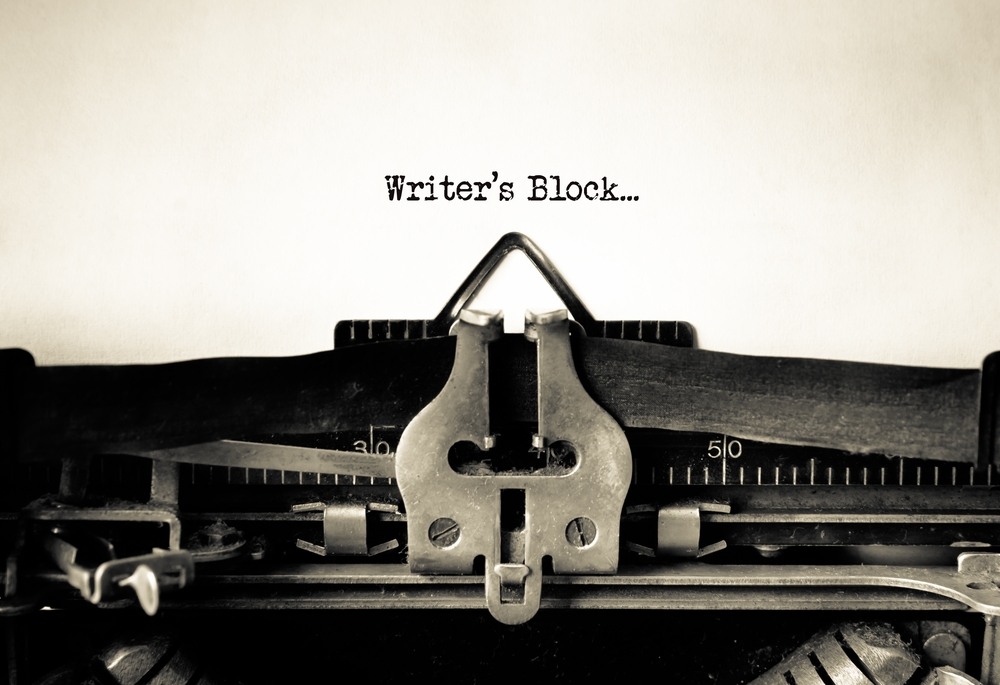The craft of writing is one that you can either love or hate. If you’re like me and you love writing, you’ve probably chosen to take that path as a hobby, career, or just a growing interest. If either is the case, there are probably some tools you’ve caught on to using regularly.
Like many fields of the arts, the writing discipline has several divisions that intertwine on many facets. As a former editor, I’ve found that there are several similar mediums of practice I use now as a copywriter. Here are a few of those consistently utilized methods.
- Creative Writing
Perhaps the most significant element every writer can relate to when starting a new piece of work is having a particular area of focus and of course, a target audience. Every action has a reaction, so as writers, we always have to be sensible about what we put on paper—or rather, on digital venues.
With competition being on a rise, creativity is a must. With creativity comes inspiration—and there’s no denying every writer will experience the regular writer’s block now and then. But it’s sometimes this writer’s block that can turn into the culprit for capturing a reader eager to step out of or into reality.
Your inspiration is exuded by your own tone. Writers are distinguished by their tenor and style. So how could you find yours if you haven’t? The answer is pretty simple—find your comfort zone. How do you push the pedal and accelerate your share of finely integrated characters and words?
More often than not, it can take months and even years before you find your writing tone. Both editors and copywriters have a load of reading to do on a daily basis. Many times, this ample food for thought translates into inspiration, which can be drawn from resorting to several media platforms, or simply from your surroundings.
Once you’re inspired, and your creativity is enthralling enough, you’re ready to hit the pen and paper—your keyboard, I mean.
- Outline Development
The first rule in bringing your ideas to life is to write them or type them down as soon as they come to mind, so you won’t forget anything. This can be in the form of a list, or as a paragraph (or several) of scattered thoughts.
Then, you can move on to organizing your thoughts depending on the style of writing you’re embarking on. Both copywriters and editors generally have a certain word count in mind that they must stick to, but that’s not to say it’s the core of what’s written.
The second you fall victim to primarily focusing on the word count of your piece, you lose sight of what’s important—writing freely. Sure, in the back of your mind you know what limit not to exceed and because of that, you can maneuver your writing around it. It’s better to write at your leisure and just shave off the extras when you edit after you’re done.
- Writing Speed
You might think that some writers were born with the ability to punch the keys faster than taking a breath, but the fact is nobody was born running. You have to take a few baby steps before you can get to your ideal speed. Here are a few things that helped me enhance my writing speed when I first got started:
- Use Keyhero to determine your typing speed and whether you should take typing lessons.
- Keep clear of distractions in order to maintain your train of thought. One small distraction can throw you off on another tangent for longer than your expect.
- Practice makes perfect—once you find the right pace and style, stick to your own writing strategy.
- Proofreading
When editors and copywriters complete their work of art, it’s time to proofread—and more than once. A reader’s trust is highly built on how clean they find a writing piece to be. Having one too many typos or cluttered content can gear a reader’s attention elsewhere.
It’s important to make sure the content is consistent in that the titles are coherent, and that there’s a smooth flow from one line to another. Ask yourself whether the message is straightforward. Sometimes, getting a second or third opinion won’t hurt.
In addition, you should double-check your work for plagiarism, using tools like Copyscape of even Google. A helpful trick is to take a sentence and place it between quotation marks in the Google search bar to check if another piece matches it.
- Content Sharing
As writers get the input of others, it’s important to use instruments like Google Drive to share ideas and brainstorm. You can share a document on Google docs to edit with other parties simultaneously and save time.
- Getting the Most out of Your Content
Whether you’re publishing online or print, there are always rules to follow. If you’re writing an online blog for instance, using info graphics and sharing your work on social media can be highly beneficial for getting more mileage. You should also be sure to insert the necessary hyperlinks in your articles and cite any sources you’ve used in your work. Similarly, on print, you can reference relevant page numbers to get engage your reader.
- Being Involved in the Page Layout
So you’ve got the grammar and punctuation side of things down, but there’s still more to being an avid writer. The design or layout of your page will greatly affect a reader’s attention, too. Be sure to:
- Use the right images. Have one main image, making sure the size and relevance are on point. The same goes for complementary pictures.
- Use the right length. Going back to the number 2, even though you should write freely, each page still has its limit to upkeep the design.
Writers must always focus on more than just the writing. I’ve found that the best way to go about it is to put yourself in your readers’ shoes. What context and page layout do you think would most appeal to the masses? Of course, this once again depends on the subject you’re writing about.
You Are What You Write
Just as you wake up in the morning and choose what to wear, with writing, you’re portraying a style. As an editor and copywriter, I’ve found that no natter what tools work for you, you have to select the ones that will top off your efficiency and output.
You could be writing on a personal level or be a ghostwriter that can take on a myriad of tones; but the core lies in how your writing journey starts and continues to grow. So get your thinking cap and don’t be afraid to let your real writing side show.






